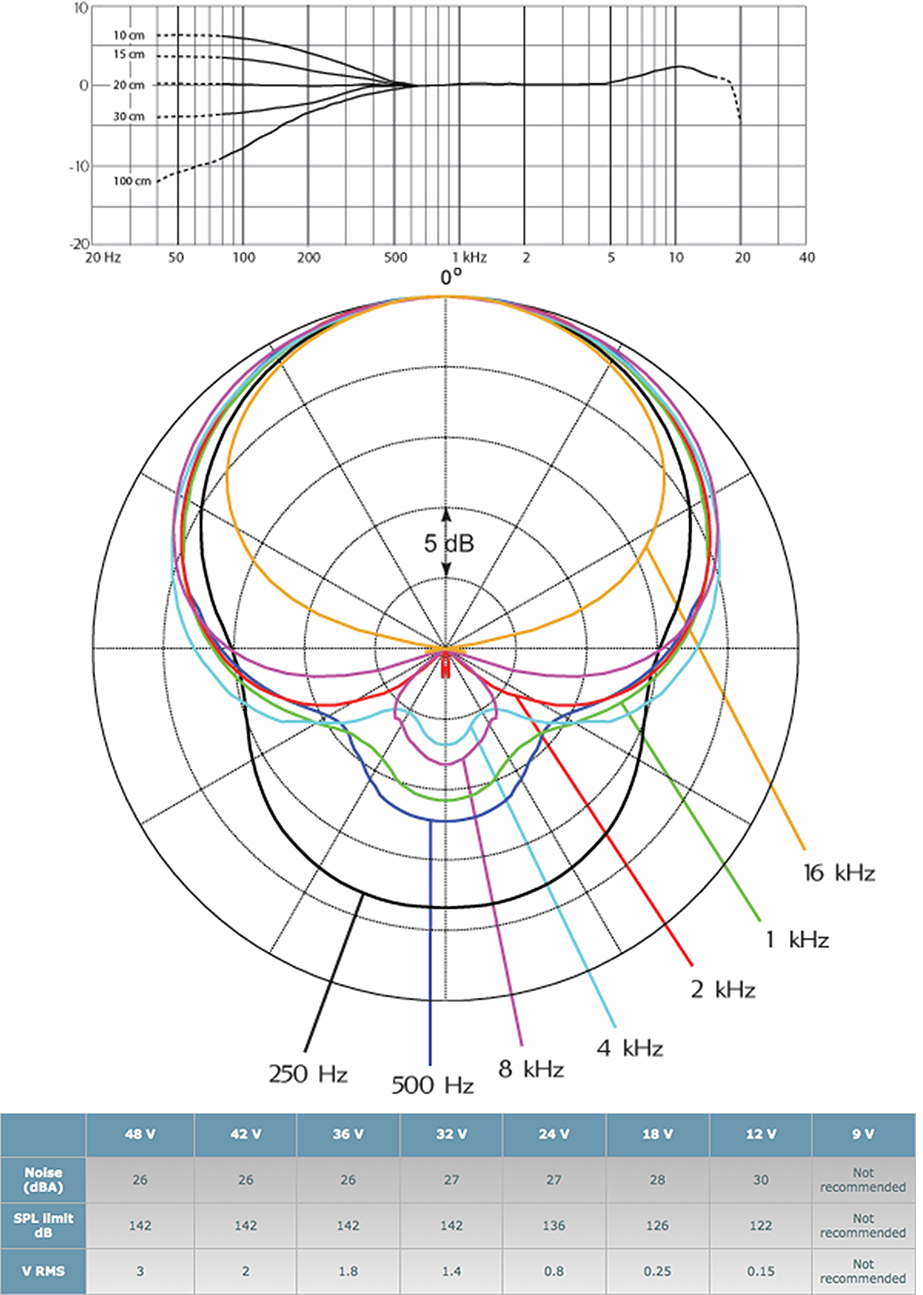- DPA

- d:vote™ 4099

- d:vote™ 4099B Clip Microphone for Bass

- d:vote™ 4099B Clip Microphone for Bass
- d:vote™ 4099C Clip Microphone for Cello
- d:vote™ 4099D Clip Microphone for Drum
- d:vote™ 4099G Clip Microphone for Guitar, Dobro
- d:vote™ 4099P Stereo Microphone System for Piano
- d:vote™ 4099S Clip Microphone for all Saxophones, Bass Clarinet
- d:vote™ 4099T Clip Microphone for Brass
- d:vote™ 4099U Universal Clip Microphone
- d:vote™ 4099V Clip Microphone for Violin, Mandolin
- d:vote™ Classic Touring Kits
- d:vote™ Rock Touring Kits
- d:vote™ Drums Touring Kits
- d:vote™ BC4099 Clip for Bass
- d:vote™ CC4099 Clip for Cello
- d:vote™ CM2218B00 1.6 mm Cable
- d:vote™ CM2218B00 2.2 mm Cable
- d:vote™ DAD4099-BC: MicroDot to XLR with Belt Clip & Low Cut
- d:vote™ DAD6001-BC: MicroDot to 3-pin XLR (P48) w. Belt Clip
- d:vote™ DAO4099 Double Cable
- d:vote™ DC4099 Clip for Drum
- d:vote™ DUA4099 Foam Windscreen for 4099
- d:vote™ GC4099 Clip for Guitar
- d:vote™ GE4099 Gooseneck Extension
- d:vote™ PC4099 Magnet Mount for Piano
- d:vote™ STC4099 Clip for Sax, Trumpet
- d:vote™ UC4099 Universal Clip
- d:vote™ VC4099 Clip for Violin, Mandolin
- d:facto™ Interview Microphone with SE2-ew Adapter, Twin Diaphragm Omni Microphone Capsule
- d:facto™ Interview Microphone with WI2 Adapter, Twin Diaphragm Omni Microphone Capsule
- d:vote™ 4099 INSTRUMENT MICROPHONE STEREO KIT FOR ACCORDION
DPA

라이브공연장, 녹음스튜디오, 방송국, 연극이나 뮤지컬, 각종 전문 프로그램 및 종교시설 등 각 영역을 모두 커버 할 수 있는 다양한 제품군으로 하이엔드 마이크로폰 업계의 절대적 강자로 인정받는 제품 입니다. 1992년 덴마크에서 설립된 DPA의 역사는 최고의 측정장비회사 Bruel & Kja r사로 지금도 전세계 측정장비의 표준으로 사용되는 제품들을 생산하고 있습니다. DPA는1992년 Bruel&Kja r 에서 오디오파트를 분리하여 독립적으로 제품을 생산하기 시작했습니다. DPA는 기존제품과 함께 Miniature Microphone 시장에도 진출하여 기존의 기술력을 바탕으로 우수한 제품을 생산, 공급하였고 모든 나라에서 하이엔드급 제품의 표준으로 사용되고 있습니다.






